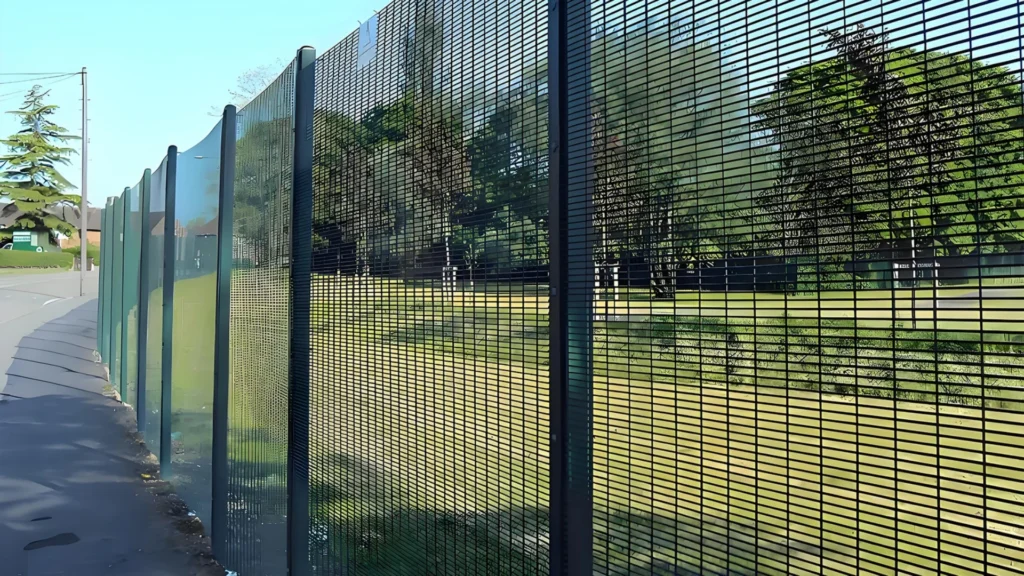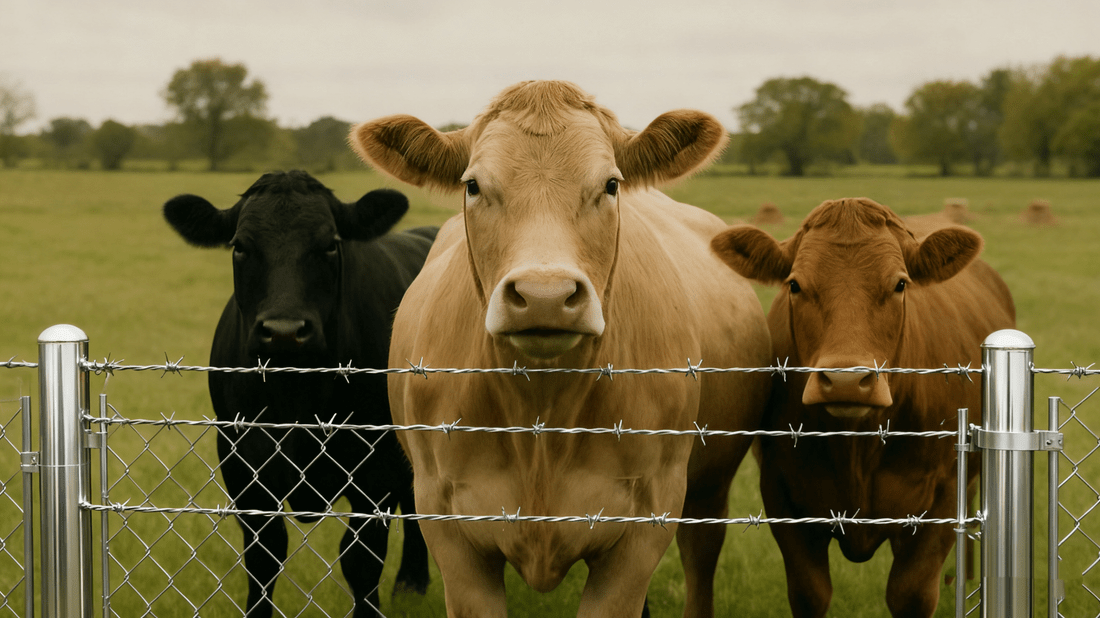Barbed Wire or razor wire in Agricultural Fencing
Barbed wire or razor wire has been stable and staple in agriculture and property management for over a century, known for its effectiveness and affordability features. This article will delve into the various uses of barbed wire in agricultural fencing, and investigate the factors that influence barbed wire or razor prices, and also offer you guidance on selecting the most suitable barbed wire for your specific project needs.
Barbed wire the function is similar like razor wires, commonly referred to as “bob wire,”for mis pronunciation is a specialized type of fencing wire with sharp edges or points strategically placed along the strands on top the fencing panels like 2D fence or 3D fence,358 fence,clear view fence, chain link fences etc. These sever sharp points serve as a deterrent, making it difficult for animals or unauthorized individuals to cross over.
History of Barbed Wire
The first invention of barbed wire in the late 19th century revolutionized agriculture by providing an affordable solution for farmers to protect their crops and livestock as well. Originally it was developed to address the challenges of fencing large tracts or plot of land, then barbed wire quickly gained popularity for its cost-effectiveness and practicality. Over the decades till nowadays, the design and materials used in barbed wire have evolved some extent, incorporating stronger steel metals and innovative manufacturing techniques used especially in ChinaFenceCompany.com’s 3 factories, yet its fundamental function still remains unchanged. The introduction of barbed wire has marked a significant advancement in agricultural practices, allowing for more efficient land management and livestock control ability.
Evolution of Design and Materials
Barbed wire has actually undergone considerable changes since its inception in 19th century, with improvements in design and materials enhancing its durability and effectiveness as time goes by. Initially it was only constructed with simple twisted wire and basic barbs, but modern barbed wire now incorporates high-tensile steel and advanced galvanization processes to resist corrosion and withstand harsh environmental conditions. These advancements have extended the lifespan of barbed wire and fencing, making it a much more reliable choice for long-term fencing solutions. In addition to it, variations in barb spacing and wire thickness have been developed to cater to specific agricultural needs, further expanding the versatility of barbed wire in contemporary applications.
Types of Barbed Wire
There are a bunch of variety for barbed wire types available from ChinaFenceCompany.com, each tailor made to different applications and requirements based on your fencing projects.
- Standard Barbed Wire: Please click this link to see the most common type, standard barbed wire, which is used for general fencing purposes, providing a basic level of security and containment. It is suitable for enclosing livestock and marking property boundaries in low-risk areas.
- High-Tensile Barbed Wire: You can also see the details from the link above.Made from stronger steel, high-tensile barbed wire is ideal for high-stress applications where additional strength and durability are required. Its enhanced tensile strength makes it resistant to sagging and damage, ensuring a longer lifespan and reduced maintenance needs.
- Razor Barbed Wire: Featured with razor-like edges, razor barbed wire can offer enhanced security by providing a more formidable barrier. This type is commonly used in high-security areas and situations where maximum deterrence is necessary to prevent unauthorized access.




